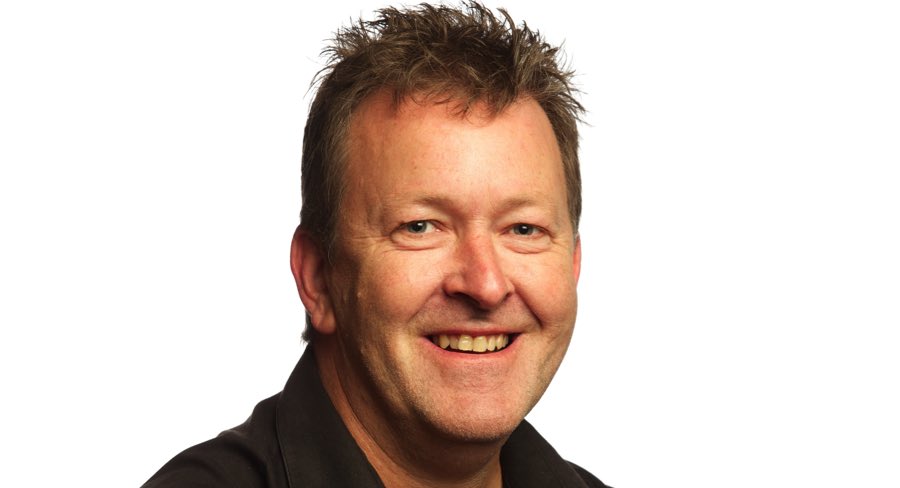The AFL’s rise in popularity can be attributed to the rise of its coverage by independently owned media outlets and writers.
Rohan Connolly is a well-known AFL journalist, who took a voluntary redundancy from Fairfax Media’s The Age in mid-2017 after three decades with the company.
“I couldn’t afford not to take it, really,” Connolly told Mediaweek.

In the time since, he has forged a reputation for himself as a leading independent journalist for the sporting code in Australia. Connolly works for 1116 SEN on a weekly basis, pens columns for The New Daily and Sporting News (previously known as Sportal), runs his own AFL dedicated website called Footyology, has a podcast series and does post-game reviews on Sundays via Facebook Live.
“I haven’t covered the game any differently than I did when I was at The Age,” Connolly said. “It always gave me scope to say and write what I wanted.”
There is more competition for eyeballs in sports coverage than there has ever been with the rise of independent dedicated sporting websites like Sporting News. “It isn’t as well-known in Victoria as it is in the rugby league states but, when it got me on board to write AFL stuff for it, I did some research into how big it is and it is massive. Its Facebook page has half a million page likes,” Connolly said.
“In some ways, I have been able to reach a wider audience through my work with them than I used to [at The Age].
“What has helped spread the range of voices talking about football too are things like podcasts… You are hearing more different views on the game.”
The material being produced by independent outlets or journalists, in Connolly’s opinion, is “often as good as, if not better than products from the major media outlets.”
The increase in diversity of voices talking about AFL can only do good for the game.
“If I go back to the time when I started in the industry and how football was covered from then to now, it’s a completely different world. The whole game is so much bigger and so is the coverage of it. As a result, the interest in it is much bigger,” Connolly said. “It was the VFL when I started in journalism and was a 12-team competition.
“Gradually they started introducing teams from other states and the VFL became the AFL.”
Social media has played a big part in the success and reach of content produced by independent writers and media outlets or big conglomerates. “The means by which people pursue their football media has changed,” Connolly said.
It is not just limited to the mainstream newspapers or broadcasters. “While the smaller outlets may not have the commercial resources of Herald Sun, The Age or Seven, it is still possible to reach a sizeable audience.”
Major print and broadcast outlets aren’t the only competitors for independents covering AFL. Increasingly sporting bodies themselves have invested in having an in-house editorial operation. This is the case with AFL and its website afl.com.au. Sporting journalists like NRL writer Phil Rothfield and AFL’s first lady Caroline Wilson have questioned their neutrality in the past. However, Connolly said that afl.com.au is largely fair in its reporting of the game.
“Journalists sometimes think, ‘Can their coverage of the game be truly independent?’ From what I have seen, I don’t think there are that many cases where the AFL website’s take on an issue is compromised by the fact that it is being resourced by the AFL. It may happen a little, but by and large if there are controversial subjects, you can read a fair and balanced take on what has happened through the AFL Media. I would give them credit for that.”
